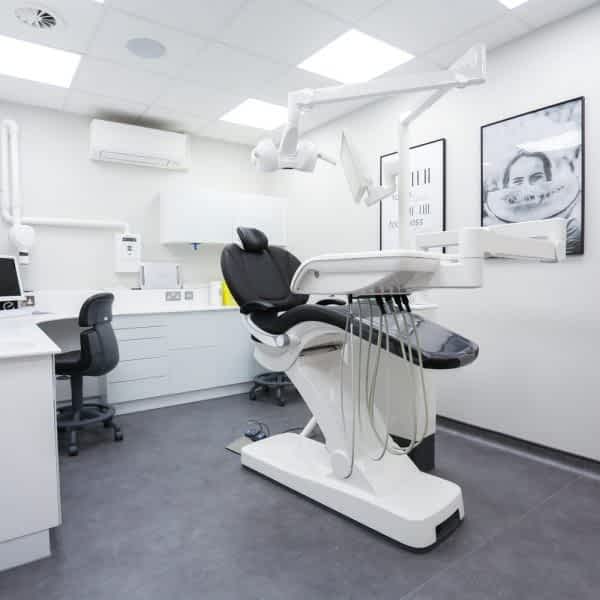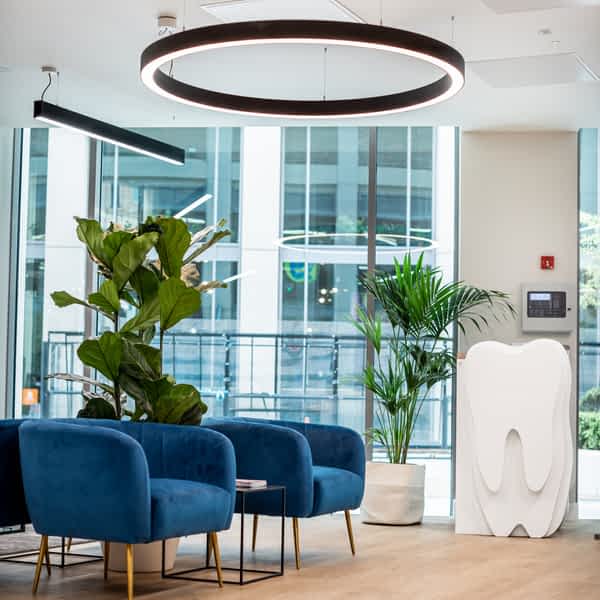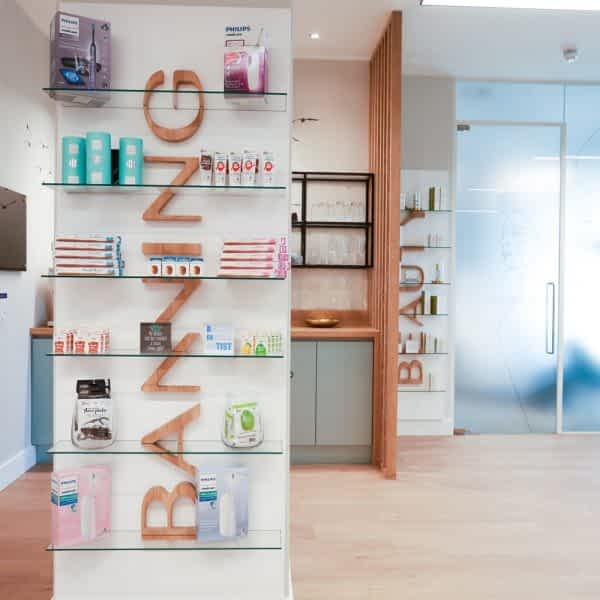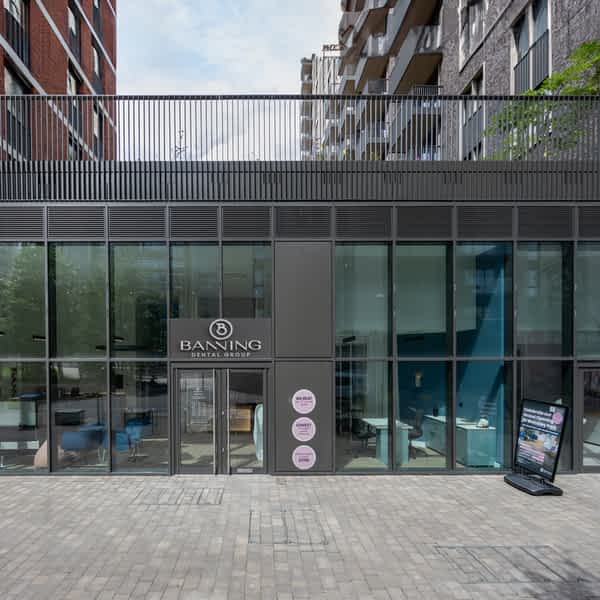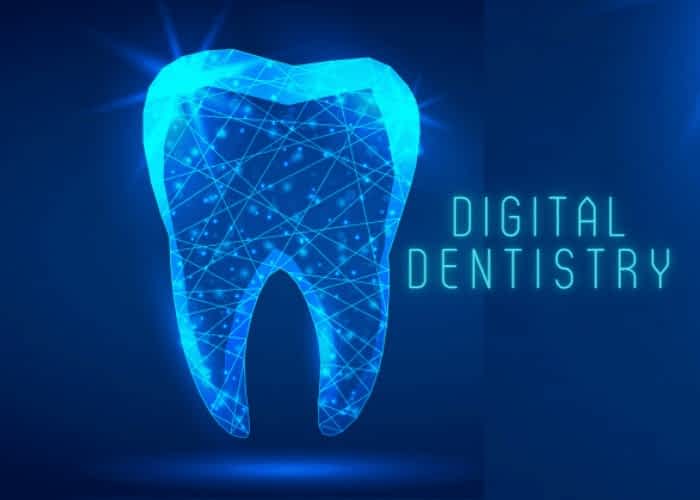
Digital Dentistry is the future
We are living in times where even the most mundane of chores have revolutionised thanks to digital advances. Why hoover, when you can get a robot to vacuum your floor? Smart speakers, because god forbid, you’d have to get off the sofa to change the music! Voice controlled switches, self-cleaning ovens, remote central heating, the list goes on. There are few moments in our day when we aren’t taking advantage of some digital technology to save time and ‘improve’ our lives.
It’s no surprise therefore, that in today’s digital age, where phones have practically become part of our physiological anatomy, that even dentists are going digital. This thought may conjure some bizarre ideas of AI controlled, drill wielding, Robo-docs but the reality is far less sinister.
Digital dentistry is the future. Any memories you may have of dental procedures in the 80’s, 90’s and even 00’s have changed beyond recognition. The good news is that these changes are only making the dental industry better. Better for your teeth, better for your health, better for dentists. Digital dentistry is simply an all-round better experience for those in and out of the chair.
What is Digital Dentistry?
Digital dentistry refers to any examination, diagnosis, treatment or procedures that is carried out using digital or computer-controlled equipment. This is the evolution from mechanical, electrical or manual devices used during patient treatment.
Whilst we are only recently seeing a boom in the use of digital dentistry, its origins date back to the 70’s when the first crown was fabricated using Computer Aided Design and Manufacturing (CAD/CAM.) In the 1980’s the first digital restoration was conducted and the 90’s introduced interactive dental software. Sadly at this time, these advances were prohibitively expensive for most high street dental clinics, hence why it has taken some time to popularise.
To put it into perspective, here are some of the examples of tools and devices that are categorised within the digital dentistry umbrella:
• Intra-oral cameras
• 3D Printing
• CAD 3D mock ups
• Digital radiography
• The Wand Anaesthesia
• Computerised milling
• Cone Beam CT
• Infrared laser
This may all sound like gobbledygook to the average non-dental person, but you will soon find out the advantages that these incredible pieces of kit have brought to the dental clinic.
The Advantages of Digital Dentistry
1. Efficiency
One simple fact of the matter is that Digital Dentistry is quicker. This is great news for all involved, after all no one wants to sit in the dentist chair for any longer than they must and why return multiple times when treatment can be done in one visit?
Rather than taking X-rays, which need processing and analysing, dentists now use intra-oral cameras or scanners to receive instant images of what they are dealing with, allowing them to react and treat faster than ever.
The same applies to dental impressions. Previously, any dental treatment requiring the production of fittings (e.g braces, crowns, dentures) would have to start with a dental impression. A dental impression is made with a gooey, clay-like matter which gives a 3D imprint of your teeth. This process takes time, requires mould to be sent away and then the necessary fittings produced. This results in weeks of downtime between appointments.
In digital dentistry, this 3D model can be created in seconds using digital-imaging. This imagery can be shared with labs instantly, who using digital workflows are able to churn out fitments at a rapid rate using computerised milling or 3D printing technology.
2. Accuracy
According to Dentistry.co.uk, ‘the use of digital imaging and data transfer improves accuracy and removes the need for re-work.’ An intra-oral camera, whilst small in size delivers powerfully magnified imagery.
The use of the old school dental mirror only gives access to areas visible to the naked eye, and even then when working with a space as crowded as the mouth its near impossible to have visibility of every corner and crevice.
With the intra-oral camera, your dentist can achieve up to 25 times greater magnification allowing enhanced detection capabilities especially when it comes to cavities and cracks. Rather than waiting for a problem to show its ugly head, your dentist can accelerate their ability to diagnose in the early stages.
Clearly, 3D is always better than 2D. A traditional X Ray would only offer a 2-dimensional image of a patients mouth, leaving much room for interpretation. 3D digital scans, give the complete picture meaning decisions can be made founded on reliable accuracy.
Equally, in the case of dental impressions, there is still an element of human error that can impact the success of accuracy in moulds. A slight slip of the hand, or movement in the mouth during the hardening period, can result in an impression taking a very different shape. With digital imagery, the representation of the mouth is an exact replica of real life.
The devil is in the detail they say and thanks these developments in dental technology, treatments can be delivered more accurately than ever.
3. Cost
Whilst initial investment in dental technology is high, digital dentistry should ultimately reduce the cost of oral healthcare.
Time is money. The longer your treatment takes, the more it is likely to cost. The more 3rd party suppliers are involved, the more it is likely to cost. The fewer patients a dentist is able to see each day, the greater the cost per patient.
As dental clinics become more tech-savvy, more of the process can be brought in house. With digital dentistry providing speedy diagnoses and independence in manufacturing dentists can increase their productivity, reduce downtime and become more financially efficient. The more competitive a dentist can be, the more patients they are likely to attract. It’s a win-win for both patient and dentist.
4. Safety
Never have we been more concerned with safety and cross contamination as now as a result of COVID-19. In an industry as up close and personal as dentistry, finding ways to safely practice oral healthcare is critical. As a ‘hands-free,’ ‘remote,’ ‘computerised’ approach digital dentistry in its very nature is a safer method of providing treatment.
The Dental Tribune quote that ‘the design of the iTero intra-oral scanner and the single-use sleeve makes cleaning and disinfection procedures simple and efficient.’
Digitalisation results in reduced touchpoints throughout the dental experience. From checking in at reception, to sharing dental records, to processing and handling prosthetics.
In terms of X-Rays vs digital scans, we also see safety advantages. Not only are digital scans more accurate but they reduce exposure of radiation to both patient and dentist.
5. Comfort
Finding ways to make improve patient experience and making them more comfortable is a high priority for the dental industry. In a sector that suffers as a result of negative perception, anything that can be done to encourage patient participation should be explored.
Having the ability to share real time visualisations of their treatment plan is a game changer for patient experience. Patients who feel involved and inspired are likely to feel far more positive and forthcoming in their commitment to treatment.
“The power of visualisation for the consumer is one of the most important things we can do for our patients”
– Dr David Galler, president of the American Academy of Clear Aligners.
Another important note to touch on in comfort is the question of pain and anaesthesia. The Wand is an interesting tool to mention since nobody is keen on painful procedures or dental injections. The Wand is considered the pain-free digital form of providing oral injections, thanks to the low, flow rate of anaesthetic into the gum. The delivery in this way, makes the dreaded injection a vastly more comfortable experience.
Happy patient. Happy dentist!
If it’s been a while since you visited the dentist, you might be surprised by the advances in digital dentistry. It has changed the nature of dental visits for good and for the better. Try it, you might just like it!


